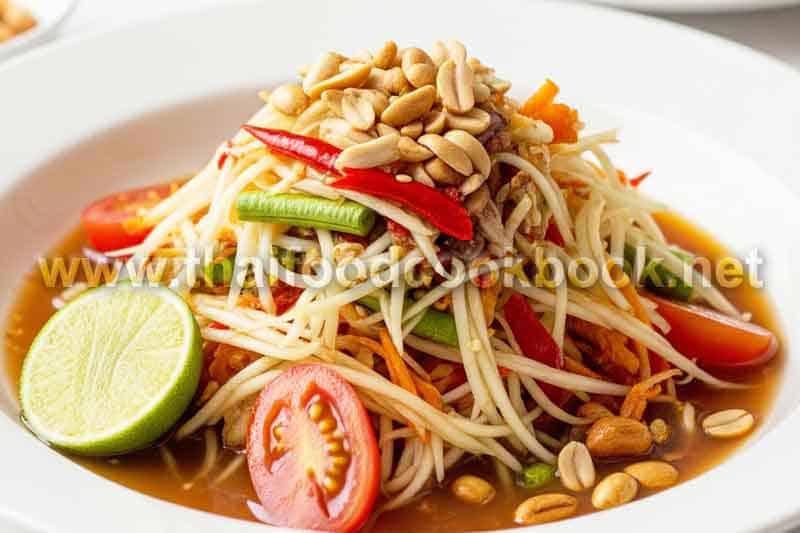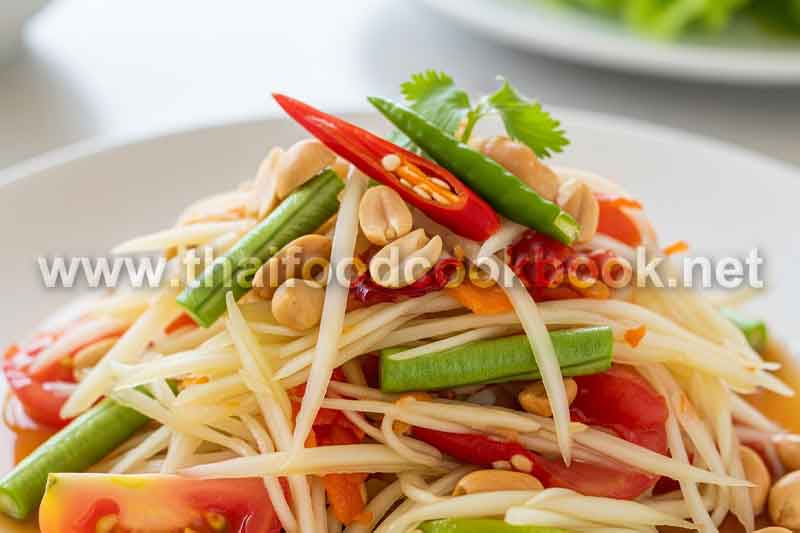Vegetarian Thai Food Menu with Simple Ingredients for beginners who want plant-based flavor, cultural simplicity, and easy recipes at home
Many people who are trying a plant-based diet worry that Thai cuisine might rely too heavily on fish sauce or meat broth, making it difficult to order or cook truly vegetarian meals. Others are unsure where to start, which ingredients can be replaced, or which traditional dishes are already meat-free by nature. Once you learn a few cooking principles and understand which condiments fit vegetarian cooking, it becomes easy to enjoy flavorful meals without complexity. Thailand offers endless options built from herbs, tofu, coconut milk, seasonal vegetables, and freshly pounded chili pastes. This guide shows how the Vegetarian Thai Food Menu with Simple Ingredients can become practical for home cooking and everyday dining — even if you are new to Asian cuisine. It also helps readers identify substitutions, kitchen shortcuts, and ways to maintain authentic taste without animal products.
Why vegetarian Thai food works well with simple herbs and pantry staples
Traditional Thai cooking naturally supports plant-forward meals through light seasonings, aroma-driven herbs, and quick stovetop methods. Instead of needing complex dairy substitutes, coconut milk, mushrooms, tofu, and tamarind already provide depth and richness. This is why vegetarian Thai cuisine adapts effortlessly for people who seek wholesome, flavorful, and uncomplicated meals. The country’s tropical climate also means that fresh vegetables are inexpensive and easy to find year-round. Coconut, lemongrass, Thai basil, and kaffir lime leaf give each dish personality without relying on processed ingredients. It is also common for locals to order “jay” style dishes — a Buddhist vegetarian form of cooking — which excludes animal fat and encourages clean taste. Unlike Western vegetarian cuisine that sometimes depends on cheese or heavy starches, Thai recipes rely on aroma and texture, making them satisfying while staying balanced and light.
Plant-based pantry essentials used in vegetarian Thai kitchens
- Tofu and tempeh as protein replacements
- Coconut milk for creamy soups and curries
- Tamarind paste to balance sourness naturally
- Soy sauce or mushroom sauce in place of fish sauce
- Fresh herbs like basil, coriander, kaffir lime leaf
- Chili paste made without shrimp or anchovy
These essentials prove that great flavor does not require complicated products. Even small kitchens can create complete vegetarian menus using only a few ingredients prepared the right way.
Three easy vegetarian Thai dishes with ingredients and method
Below are three highly popular dishes that showcase how Thai flavors remain rich without meat or fish.
1. Vegetarian Pad Kra Pao (Thai Basil Stir-Fry)
Ingredients
- Firm tofu 200 g (crumbled)
- Garlic 3 cloves (minced)
- Bird’s eye chili 3 pcs (crushed)
- Mushroom sauce 1 tbsp
- Soy sauce 1 tbsp
- Palm sugar 1/2 tsp
- Fresh Thai basil 1 handful
- Cooking oil 1 tbsp
Method
- Heat oil in a wok and sauté garlic and chili until fragrant.
- Add crumbled tofu and stir until lightly browned.
- Season with mushroom sauce, soy sauce, and palm sugar.
- Cook briefly on high heat until mixture thickens slightly.
- Fold in Thai basil and serve with steamed rice.
2. Coconut Mushroom Soup (Tom Kha Vegetarian)
Ingredients
- Coconut milk 250 ml
- Vegetable broth 150 ml
- Sliced oyster mushrooms 100 g
- Lemongrass 1 stalk (smashed)
- Galangal slices 3–4 pcs
- Kaffir lime leaves 2 pcs
- Lime juice 1 tbsp
- Soy sauce 1 tsp
Method
- Simmer lemongrass and galangal in broth until aromatic.
- Add coconut milk and mushrooms.
- Season gently with soy sauce and lime juice.
- Remove herbs before serving for better texture.
3. Stir-Fried Morning Glory (Vegetarian Pad Pak Bung)
Ingredients
- Morning glory 1 bunch (washed and trimmed)
- Garlic 3 cloves (smashed)
- Chili 1–2 pcs
- Mushroom sauce 1 tbsp
- Light soy sauce 1 tsp
- Sugar 1/2 tsp
Method
- Heat wok on high heat and toss garlic and chili quickly.
- Add morning glory and seasonings.
- Stir 20–30 seconds only, then serve immediately.
Ten more vegetarian Thai dishes worth trying
- Vegetarian green curry
- Pineapple fried rice
- Tofu satay
- Steamed pumpkin with coconut cream
- Vegetarian pad Thai with tamarind sauce
- Thai tofu larb
- Sweet soy noodles with mushrooms
- Crispy fried tofu with chili dip
- Vegetarian massaman curry
- Grilled corn with coconut dressing
How to cook Vegetarian Thai Food Menu with Simple Ingredients at home easily
- Use coconut milk for creaminess instead of dairy
- Replace fish sauce with mushroom or soy sauce
- Choose fresh herbs over packaged seasonings
- Rely on aromatics instead of heavy oil
According to vegetarian cuisine, Thai food adapts well because its foundation is already plant-centric, which makes long-term lifestyle transitions easier for beginners.
Simple substitutions that protect authentic flavor
One of the most useful techniques is swapping animal-based condiments for plant-based umami boosters. Mushrooms, fermented bean paste, and tamarind create depth without masking fresh vegetables. These substitutions keep the dish culturally faithful while making it accessible to anyone avoiding meat for health, religion, or personal preference.
Summary
Vegetarian Thai Food Menu with Simple Ingredients proves that cooking without meat does not require sacrificing richness or authenticity. With a few kitchen staples, home cooks can prepare traditional dishes full of aroma and color, supported by herbs rather than processed ingredients. Whether you prefer light stir-fries, hearty soups, or curry bowls, Thai cuisine gives countless ways to enjoy plant-based meals effortlessly while staying close to cultural roots.

